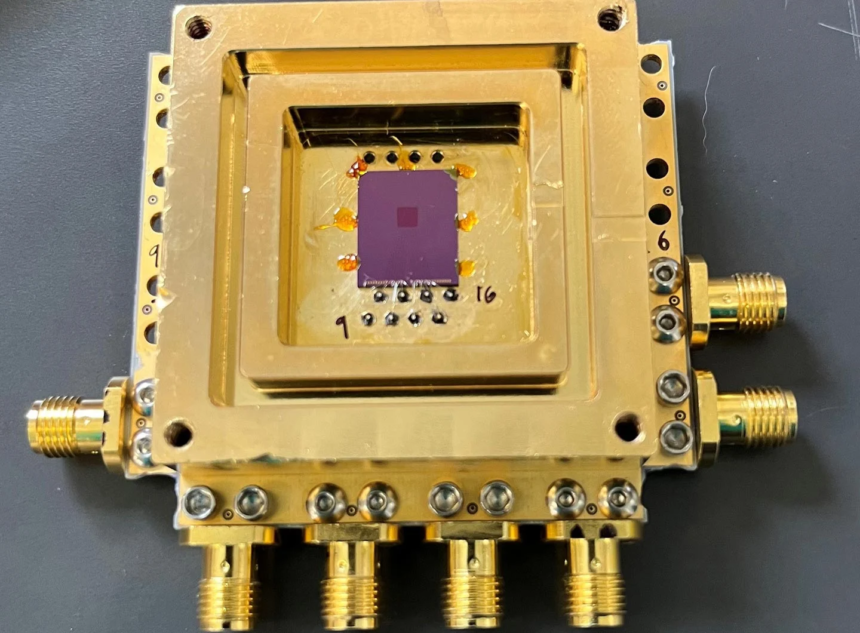Introduction
In the ever-evolving world of collider science, researchers are now tapping into the power of quantum sensors to catch elusive “ghost particles” in 4D. These innovations are not only enhancing our understanding of particle physics but also redefining the future of high-energy experiments. In this blog, we explore how quantum sensors are transforming collider science and why this quantum leap matters more than ever.

1. Unprecedented 4D Particle Tracking
Traditional detectors often miss fleeting subatomic events. Quantum sensors provide 4D tracking (including time as the fourth dimension), capturing detailed information about particles’ position, momentum, and temporal behavior in ways never before possible.
2. Enhancing the Detection of Ghost Particles
Ghost particles, such as neutrinos, are notoriously difficult to detect due to their weak interaction with matter. Quantum sensing technologies dramatically improve our chances by enabling ultra-sensitive measurements that pick up these elusive signals.
3. Boosting the Sensitivity of Collider Experiments
Quantum sensors enhance the sensitivity of measurements by orders of magnitude compared to classical devices. This increased sensitivity allows for the detection of rare and low-energy phenomena crucial for breakthroughs in fundamental physics.
4. Enabling Real-Time Data Processing
Modern collider experiments generate massive data streams. Quantum-enhanced sensors facilitate real-time data collection and processing, drastically improving the speed and accuracy of analyses during experiments like those conducted at CERN.
5. Reducing Noise and Error Rates
Quantum entanglement and superposition properties enable quantum sensors to significantly reduce noise and error margins. This leads to cleaner, more reliable particle collision data, vital for developing new physics models.
6. Revolutionizing Dark Matter Research
One of the most exciting applications lies in the search for dark matter. Quantum sensors are key to detecting the subtle signs of dark matter interactions, pushing collider science into uncharted territories of the universe.
7. Paving the Way for Future Particle Accelerators
As next-generation particle accelerators are being designed, quantum sensing will be integrated from the outset, allowing machines like the Future Circular Collider (FCC) to operate at levels of precision and power previously unimaginable.
Conclusion
The use of quantum sensors in collider science represents a fundamental shift in how we study the universe’s smallest building blocks. By enabling 4D tracking, boosting detection sensitivity, and paving the way for future discoveries, quantum technology is unlocking doors we once thought were permanently closed. As quantum sensors evolve, so too will our understanding of the cosmos. Stay tuned — the future of particle physics is only getting brighter.
Want to dive deeper? Check out our article on how quantum computing is reshaping scientific research.









